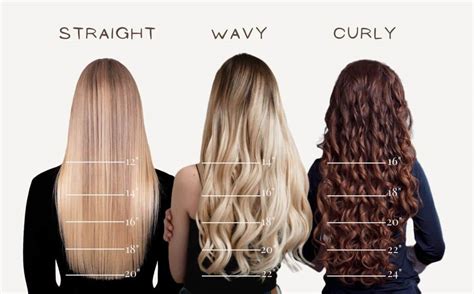Introduction
Struggling with thinning hair or hair loss? You’re not alone. Millions of people around the world face this issue, and the search for solutions can be overwhelming. Hair extensions and hair toppers are two popular options, but which one is right for you? In this comprehensive guide, we delve into the key differences between these two methods, empowering you to make an informed decision.

Hair Extension vs. Hair Topper: A Side-by-Side Comparison
| Feature | Hair Extension | Hair Topper |
|---|---|---|
| Purpose | Adds length, volume, or fullness to hair | Conceals thinning areas or hair loss |
| Application | Attached to existing hair using various techniques | Clips or tapes onto existing hair |
| Visibility | Can be noticeable if applied incorrectly or if hair is thin | Less noticeable than extensions due to partial coverage |
| Maintenance | Requires regular brushing and washing; professional trims every 6-8 weeks | Less maintenance than extensions; occasional washing and styling |
| Lifespan | 4-6 months with proper care | 6-12 months with proper care |
| Cost | Generally more expensive than toppers | Generally less expensive than extensions |
Hair Extensions: Types, Applications, and Considerations
Types of Hair Extensions:
* Clip-in extensions: Clip onto existing hair for temporary length or volume.
* Tape-in extensions: Attached using adhesive tapes; blend well with natural hair.
* Fusion extensions: Bonded to existing hair using heat; long-lasting but require professional removal.
* Sew-in extensions: Sewn onto existing hair using a needle and thread; secure but can be time-consuming to apply.
Applications of Hair Extensions:
* Add instant length, volume, or fullness to thin or limp hair.
* Create different hairstyles, such as braids, buns, or ponytails.
* Color or highlight hair without damaging natural hair.
Considerations for Hair Extensions:
* Choose extensions that match your hair color, texture, and density.
* Consult with a professional stylist for proper application and maintenance.
* Be prepared for regular maintenance, including brushing and washing.
* Extensions can be noticeable if applied incorrectly or if hair is thin.
Hair Toppers: Types, Applications, and Considerations
Types of Hair Toppers:
* Mono toppers: Made with a thin, lace or silk base that blends seamlessly with natural hair.
* Poly toppers: More affordable than mono toppers but less breathable.
* Synthetic toppers: Durable and easy to maintain but may not look as natural as human hair.
Applications of Hair Toppers:
* Conceal thinning or balding areas at the crown or temples.
* Add volume and coverage to thin or damaged hair.
* Create a more youthful appearance by disguising hair loss.
Considerations for Hair Toppers:
* Select a topper that matches your hair color and texture.
* Determine the size and shape of the topper to ensure proper coverage.
* Choose a topper with a comfortable base and secure clips.
* Toppers require less maintenance than extensions; occasional washing and styling.
Which Solution Is Right for You?
The choice between hair extensions and hair toppers depends on your individual needs and preferences.
- Hair Extensions: Ideal for adding length, volume, or fullness to thin or limp hair, or creating different hairstyles.
- Hair Toppers: Ideal for concealing thinning or balding areas at the crown or temples, adding volume and coverage to thin hair, or creating a more youthful appearance.
Key Takeaway:
Both hair extensions and hair toppers offer effective solutions for enhancing your hair. By understanding the key differences between these methods, you can make an informed decision that aligns with your hair goals.
Frequently Asked Questions (FAQs)
- Can I wear hair extensions if my hair is thin?
Yes, hair extensions can be worn on thin hair. However, it’s important to choose extensions that match your hair density to avoid noticeable transitions.
- How long do hair toppers last?
With proper care, hair toppers can last for 6-12 months.
- Which method is more noticeable?
Hair extensions can be more noticeable than hair toppers if applied incorrectly or if hair is thin. Toppers are less noticeable due to their partial coverage.
- Which method requires more maintenance?
Hair extensions require more regular maintenance, including brushing, washing, and professional trims every 6-8 weeks. Toppers require less maintenance; occasional washing and styling.
- What if I have allergies to hair products?
Hair extensions and toppers are typically made from synthetic or human hair. If you have allergies to hair products, it’s important to consult with a healthcare professional before using them.
- Are hair extensions or toppers more expensive?
Hair extensions are generally more expensive than toppers.
- Can I use hair extensions or toppers to change my hair color?
Yes, hair extensions and toppers can be used to change your hair color. However, it’s important to choose extensions or toppers that match your natural hair color to avoid noticeable transitions.
- How do I find a reputable hair professional for extensions or toppers?
Look for professionals who have experience in applying and maintaining hair extensions or toppers. Check online reviews, ask for referrals, and consult with reputable salons or stylists.
